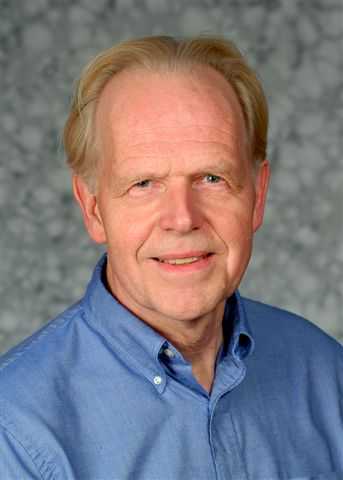 --- --- --- --- ---
--- --- --- --- ---

A Web site for testing and presenting
research projects on the evolution of the use of language
(plus older research & knowledge-engineering projects)
Rainer von Königslöw, Ph.D. ---
Task Re-engineering Inc.
Task Re-engineering Inc. was founded in 1989 to continue the work of the principal
at the University of Michigan, Queen's University, Logicware, and the Allied Signal Expert System Centre.
The company is dedicated to research and to knowledge engineering.
Task Re-engineering also provides consulting to support research, including
management support and research reviews.
I see my research projects as additional children. After inception, nursery and
childhood I hope that they develop independent and interesting lives of
their own. The value of my life is in the balance of what I take from the
world and what I contribute. My main contribution is through my children.
I started out in physics (Sask.), which got me interested in the nature of theories and communication (UBC), which in turn got me interested in computational models of language comprehension (PhD thesis, 1974). I then looked the use of language for science, focusing on computer-aided learning of theoretical analysis in the design of experiments, and the corresponding data analysis. It was used with about thousand students (TARA - the automated research assistant, Queen's 1974-1980). This was followed by working in industry on word-processing, knowledge engineering, expert systems, electronic books, etc. ranging from mining to aerospace, and from banks to Bingo halls and the Miss Bahamas beauty pageant. This period focused on the use of language and metaphor in re-engineering tasks by means of man-computer collaborations and communication, often resulting in organizations where only the computer 'knows' what is really going on.
More than a decade ago, while working on Ballet animation, I realized that internal information-processing had to be encoded (like language), for action in using neuron-based skills, and for development and maturation using the genome and learning. Since top-down approaches have largely failed over the last forty years, a bottom-up strategy is used, using construction to show how and why language-use might have evolved as a set of skills supporting information-exchange for complex collaborations.
The research strategy uses information and information-processing as the main perspective on language and its evolution. The strategy sees the use of language as a skilled behaviour and therefore focuses on the evolution of skills. With language-use as an end-point, ideally we can reconstruct the evolutionary sequence leading up to that. In more practical terms, we can construct a possible and feasible sequence with known and observable skills and functions. For evolution, initial language-use must provide fitness benefits, which we suggest are based on the functionality and complexity of collaboration that can be achieved with different form of messaging. We therefore focus more on the evolution of collaboration rather than on the evolution of speech-producing and speech-recognition mechanisms.
To construct an evolutionary chain we have to focus both on the transfer of the relevant skills from generation to generation, and on how these skills might have gradually evolved. For the generation-to-generation transfer we propose four mechanisms, and for the overall construction, the path of evolution to language-use, we propose three stages: genomic, mimicry-learning, language-based-learning. The four mechanisms are:
Each stage evolves to add skills and functions that make the next stage possible. The first (genomic) stage includes: direction and locomotion, collaboration and communication, multi-media communication, mimicry, and learning. The second (mimicry) stage includes imprinting / parental learning, and herd / pack apprenticeship-based learning for individual and collaborative skills, where the collaborations get progressively more complex, involving more distinct skills and more individuals. Planning and preparation start as part of skills to become separate skills and activities, including tools, structures, and management of settings. (Management of setting is illustrated by predators chasing prey over a cliff on into a trap.) The third (language) stage involves learning action-sequences from symbolic representations (descriptions of the action). Simple language-like communication to manage complex collaborations precedes the third stage. Writing and printing are likely to be associated with further stages. The scope of this research goes to the beginning of the third stage, but not including it and further stages.
- The references to previous research are not complete. There are also historical elements of the current research on skills, the evolution of skills, and the evolution of language as a skill, and, an incomplete list of prior research, development, and consulting projects.
Online publishing: List of Books and Other Publications
Other links:
Heilwig's Music Room -
Family and personal